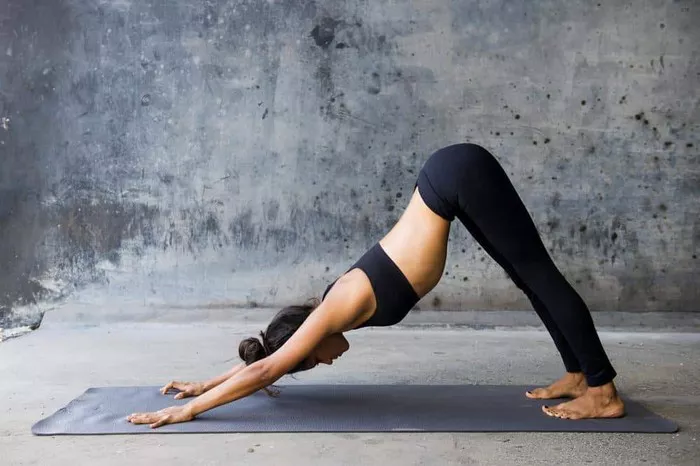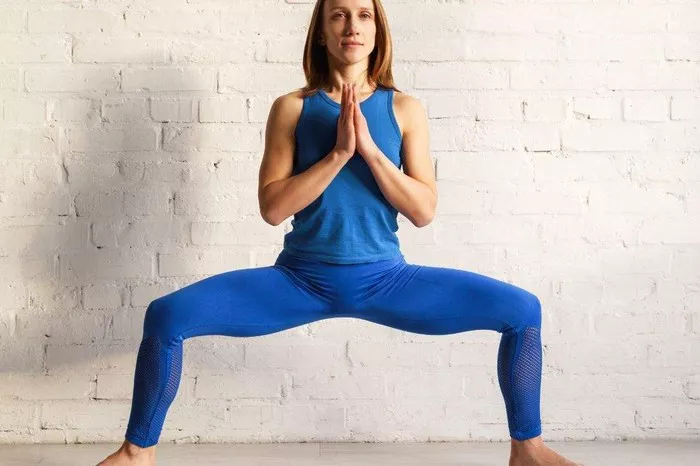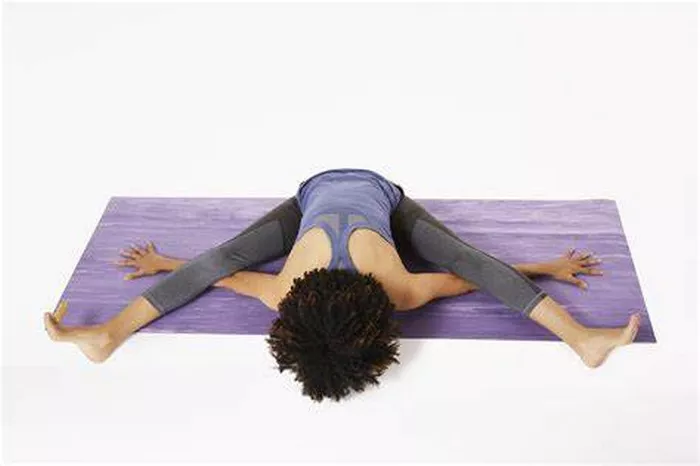In today’s fast-paced world, more and more people are looking for natural, non-invasive ways to enhance their health and well-being. From facial creams to massage techniques, there is a growing interest in methods that promise to rejuvenate and alleviate tension in the face and body. One such method is face yoga—a practice that involves specific exercises aimed at strengthening and toning the muscles of the face. While face yoga has garnered attention for its potential to reduce wrinkles, firm the skin, and relieve facial tension, many are curious about its potential benefits for sinus health.
Sinus issues are common and can range from mild discomfort to chronic pain. Conditions like sinusitis, nasal congestion, and headaches are experienced by millions worldwide. These conditions often result from inflammation of the sinuses and can be triggered by allergies, infections, or environmental factors. In this article, we’ll explore the link between face yoga and sinus health, examining whether face yoga can provide relief for sinus issues and promote overall well-being.
What Are Sinuses and Why Do They Cause Problems?
To understand the potential benefits of face yoga for sinuses, it’s important to first understand what sinuses are and how they function. The sinuses are hollow cavities located within the bones of the face, specifically around the forehead, eyes, cheeks, and nose. These cavities are lined with mucous membranes that produce mucus, which helps to moisten the air we breathe and trap dust, bacteria, and other particles.
The four main types of sinuses are:
Frontal Sinuses (located in the forehead)
Maxillary Sinuses (located in the cheeks)
Ethmoid Sinuses (located between the eyes)
Sphenoid Sinuses (located deep behind the eyes)
When the sinuses become inflamed, either due to infection, allergies, or environmental factors, they can cause a range of symptoms, including:
- Nasal congestion
- Pain or pressure in the face, particularly around the eyes, nose, and forehead
- Headaches
- Reduced sense of smell
- Thick mucus discharge
Sinus problems are often treated with medications, such as decongestants, antihistamines, and nasal sprays, but many people are now seeking alternative treatments to alleviate discomfort and promote healing. This is where face yoga may come into play.
What Is Face Yoga?
Face yoga is a practice that involves a series of exercises designed to target and stimulate the muscles of the face. These exercises are typically performed using a combination of gentle stretches, facial massages, and specific muscle movements. The primary goal of face yoga is to tone and strengthen the facial muscles, which may help to improve the appearance of the face, reduce the signs of aging, and promote relaxation.
Some of the most common face yoga exercises include:
Facial stretches: These involve stretching the muscles of the face, similar to how you would stretch your body during regular yoga or exercise routines.
Facial massage: Gentle massaging of the face can help improve circulation, reduce tension, and promote relaxation.
Targeted muscle movements: Specific movements such as raising the eyebrows, puffing out the cheeks, or smiling with resistance can help tone particular facial muscles.
Face yoga has gained popularity because of its potential to enhance the appearance of the face without the need for invasive procedures. But does face yoga have any impact on sinus health?
Can Face Yoga Help with Sinuses?
At first glance, face yoga and sinus health may seem unrelated. However, there are several ways in which face yoga might provide relief for those suffering from sinus discomfort. While face yoga is not a cure for chronic sinus conditions, it may offer benefits for people experiencing sinus pressure, congestion, or mild sinus infections. Let’s examine the different ways face yoga may help:
1. Improved Circulation and Blood Flow
One of the key principles of face yoga is improving circulation in the face and head. The gentle movements and stretches performed during face yoga can stimulate blood flow to the facial muscles, which may help to alleviate congestion and reduce pressure in the sinuses. Enhanced circulation can also promote healing by bringing more oxygen and nutrients to the affected areas, which is particularly helpful for people dealing with inflammation or sinus infections.
2. Relief from Tension and Muscle Stiffness
Sinus congestion often leads to muscle tension in the face, especially around the forehead, eyes, and jaw. This tension can exacerbate sinus pain and discomfort. Face yoga exercises, particularly those involving facial massages or targeted muscle movements, can help to release this tension, providing relief from the tightness and discomfort often associated with sinus issues.
For example, massaging the temples, forehead, and the area around the eyes can help release built-up tension. These specific areas are often linked to sinus pressure, and the practice of releasing this tension may reduce the sensation of fullness or tightness that comes with sinus congestion.
3. Opening the Nasal Passages
Certain face yoga exercises involve specific movements or stretches that may help open up the nasal passages. For instance, some techniques focus on relaxing the muscles around the nose and mouth, which can help to clear blocked nasal passages. This, in turn, may reduce the feeling of nasal congestion and make it easier to breathe through the nose.
A common face yoga technique that targets nasal congestion is the “nose stretch” or “pranayama breathing” exercise. By gently pressing on certain areas of the nose or breathing deeply and consciously, you can help to clear the sinuses and alleviate congestion.
4. Sinus Drainage and Lymphatic Drainage
The sinuses are closely connected to the lymphatic system, which is responsible for removing waste and toxins from the body. When sinus issues arise, there can be a buildup of mucus and fluid in the sinuses, leading to discomfort and congestion. Certain face yoga techniques, such as light tapping or massaging of the lymphatic drainage points, can help encourage the movement of lymph and mucus, promoting sinus drainage and reducing congestion.
Lymphatic drainage through facial exercises can help reduce puffiness around the eyes and face, which often occurs with sinus pressure. These gentle movements can stimulate the lymphatic system, helping to flush out toxins and reduce the overall feeling of fullness in the face.
5. Relaxation and Stress Relief
Stress is a known trigger for many health issues, including sinus problems. When stressed, people often experience increased muscle tension, particularly in the face and neck, which can exacerbate sinus discomfort. Face yoga promotes relaxation and stress relief, which can have a positive effect on sinus health.
By incorporating mindfulness and relaxation into face yoga, practitioners can reduce overall stress levels, potentially minimizing sinus flare-ups or discomfort caused by stress. Deep breathing techniques often used in yoga can also help activate the parasympathetic nervous system, promoting relaxation and enhancing the body’s natural healing processes.
Face Yoga Techniques for Sinus Relief
If you are interested in trying face yoga to relieve sinus discomfort, here are some simple techniques you can incorporate into your routine:
Forehead Stretch
- Place both hands on your forehead.
- Gently press while stretching the skin upwards.
- Hold for 5-10 seconds and repeat 5 times.
Eyebrow Massage
- Use your fingertips to massage the area around your eyebrows.
- Apply gentle pressure in circular motions to release tension.
- Focus on the area between your eyes (third eye) to promote sinus relief.
Nose Stretch
- Place your index fingers on the sides of your nose.
- Gently press and pull your nose upwards, holding for a few seconds.
- This can help open nasal passages and reduce congestion.
Temple Massage
- Place your fingers on your temples and massage in circular motions.
- This helps to relieve tension around the forehead and eyes, reducing sinus pressure.
Pranayama Breathing
- Sit comfortably with your spine straight.
- Close your right nostril with your thumb, inhale deeply through your left nostril.
- Hold for a few seconds, then exhale slowly through the right nostril.
- Repeat for 5-10 minutes.
Conclusion
While face yoga may not be a cure for chronic sinus conditions, it offers several benefits that can help relieve mild sinus discomfort, reduce pressure, and improve circulation in the face. By practicing face yoga, individuals may experience relief from congestion, reduced tension, and enhanced sinus drainage, contributing to better overall sinus health. Incorporating face yoga into a holistic wellness routine can be a natural and effective way to promote relaxation and support sinus health.
As always, it’s important to consult with a healthcare professional if you have chronic sinus issues or are experiencing persistent symptoms. Face yoga can be a valuable complementary practice, but it should be part of a broader approach to managing sinus health.
Related Topics:


















